Everything you need to know about iOS 14

A few minutes every morning is all you need.
Stay up to date on the world's Headlines and Human Stories. It's fun, it's factual, it's fluff-free.
With each new season comes weather changes, different wardrobe needs and the anticipated Apple iOS update. If you own an iPhone (like approximately 900 million other people worldwide according to MacRumors), then you are familiar with these regular updates to the iPhone operating system.
In September, Apple bestowed us with its latest update (iOS 14.0.1) to its summer iOS release, iOS 14. The update brought bug fixes and made the latest operating system widely available to all iPhone users. Here are some of the highlights that came with iOS 14.
Widgets
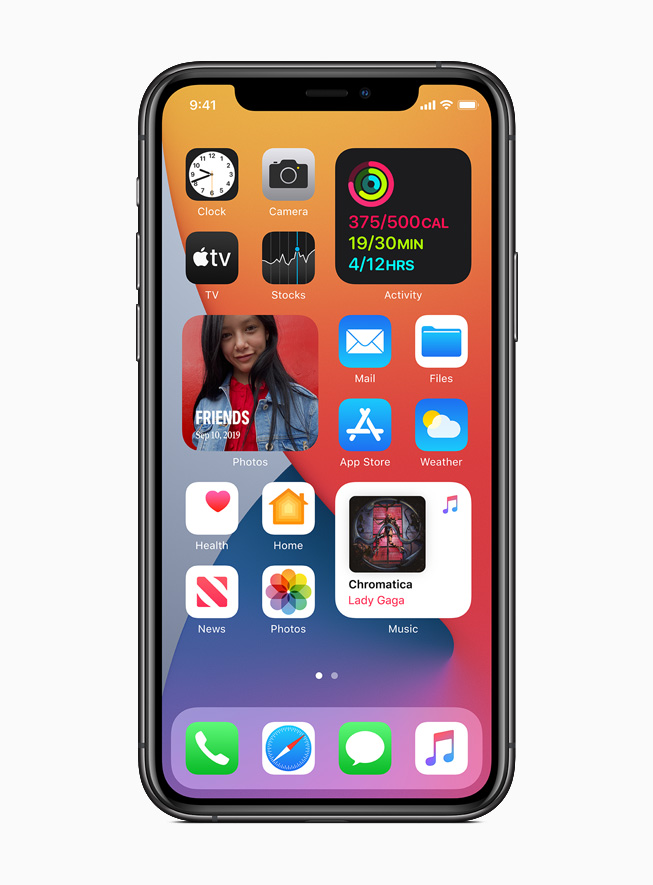
Over the past few years, widgets have become a key feature for iPhones. These are essentially smaller, partially-functioning snapshots of apps with typically wider functionality made for easy access to information on the fly.
Widgets that most users are familiar with include Weather, News and Siri App suggestions, to name a few. Like most features on the iPhone, users can customize the widgets available for use, and this is a useful way to personalize your smartphone experience.
In the latest iOS, Apple has expanded the widgets available for Apple apps, including Clock, Calendar, Maps, Fitness, Photos and more. Previously these were a standard size feature, but now you can customize your widgets to take up whatever amount of space you prefer – small, medium or large.
Apple also changed the widget experience by where you access them. Before, they were limited to the “Today View” that users access to the left of the home screen. Now, widgets live directly on the iPhone’s main display and are organized in a Smart Stack, if you choose. This helps intuit the user’s needs and offers up apps or widgets as needed. When editing the app layout, there is a plus sign in the screen’s top left corner that brings up the new widget gallery to let you customize your widget experience.
App Library
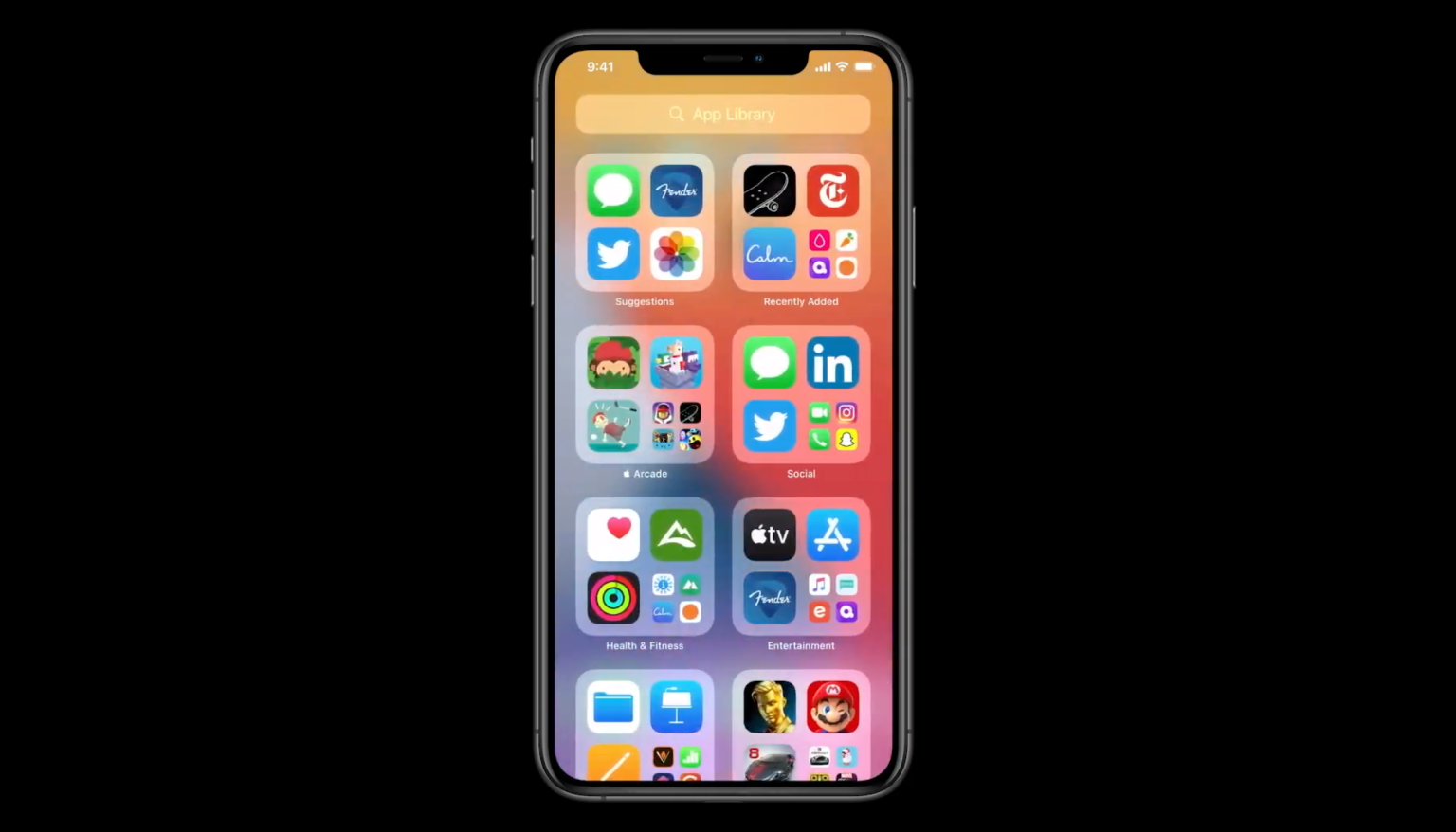
Since iPhones have been around for 13 years, there are too many apps now to keep them all straight. If you are an active app user with plenty of phone storage, then they can easily become confused or left behind as you search through your phone looking for what you need.
This is where Apple’s App Library comes in. It’s a space at the end of the Home Screen where apps are now organized in one view. Apps in this view are automatically sorted into categories like Social, Productivity and Entertainment, then they reorder according to which apps users are accessing more often.
This function is useful for when you want to access an app that you do not have on your home screen. Just swipe from right to left to go past the final home screen. There is also a search bar function for the app library to quickly find what you’re looking for, and there are two automatically created folders: “Suggestions” and “Recently Added” which will include and adjust apps based on recently installed and what you’re frequently using.
Messages
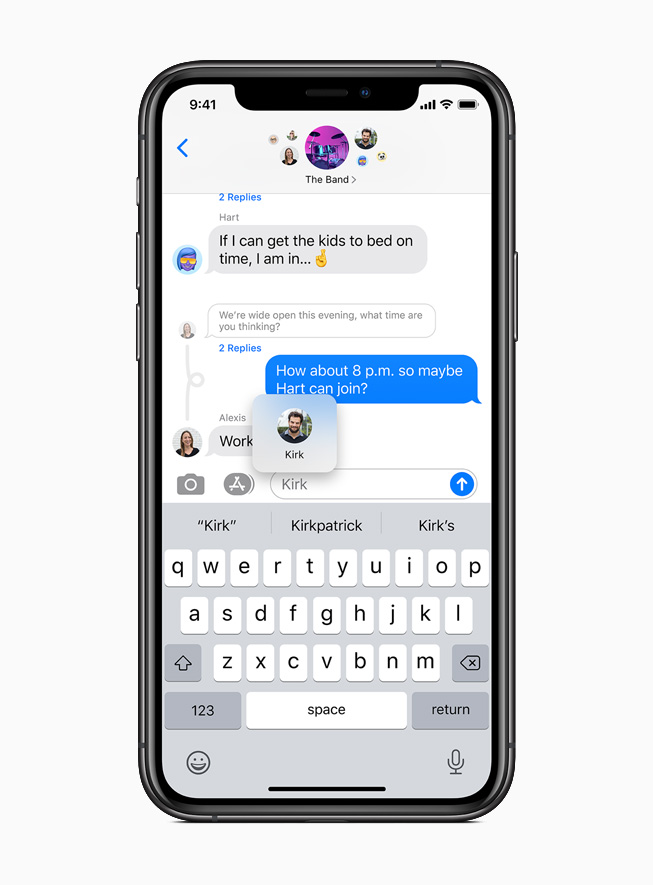
Updating the Messages app is something iPhone users haven’t seen happen for a while. The added features with this iOS release are sure to change the game for those that frequently text with other iPhone users (since these updates primarily apply to group iMessage conversations).
For messages with any type of user, iPhone holders can now pin conversations to the top of the conversation list within the Messages app for quick access. In this pin, you can see recent messages, Tapbacks and typing indicators animated above the pin. This feature allows for up to 9 pinned conversations that sync across Apple Messages capable devices.
For group iMessage conversations, you can now direct a message to a certain person by tagging them through including their name in the message. This can help sort out active group conversations and alert users when their name is mentioned in case they are not following the whole text thread closely. Group planning will surely be easier with this addition to iMessage groups.
Additionally, you can now set an image for the group conversation to help distinguish it from others. These features are reminiscent of many popularized by Facebook Messenger, and it’s hard not to imagine that Apple gleaned some inspiration from this other popular communication app.
Translate
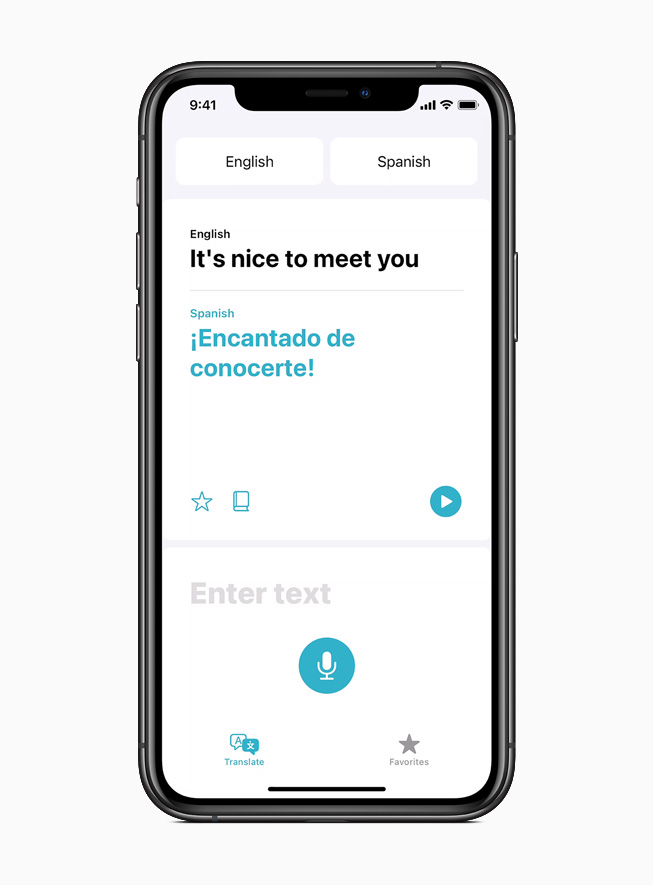
What may be one of the longest-awaited additions to iPhone functionality is the brand-new Translate app. Previously, iPhone users had to resort to 3rd party apps, including the popular Google Translate, to help them navigate conversations in a second language. Now Apple has added this built-in translation aid with automatic language detection that can help with both spoken and written translations.
Languages included in the translation feature are Arabic, English, French, German, Italian, Japanese, Korean, Mandarin Chinese, Portuguese, Spanish and Russian. Within the app, you can either type the phrase to translate or use the microphone for voice-to-text.
Translating spoken phrases is especially useful for in-person conversations or for verifying pronunciation in another language. For ongoing conversations, you can just turn the phone on its side (to landscape view), then tap the mic icon and converse away. Users will likely get great use out of this feature post-pandemic when traveling resumes to pre-2020 levels.
There are many more changes available with the new Apple iOS. Apple has a complete list of them here, and while many of them are strictly related to the user-interface, there are also several brand-new features that can upgrade your iPhone experience. If these standout changes look exciting to you, then it is probably time to upgrade your system if you haven’t already.
Have a tip or story? Get in touch with our reporters at tips@themilsource.com


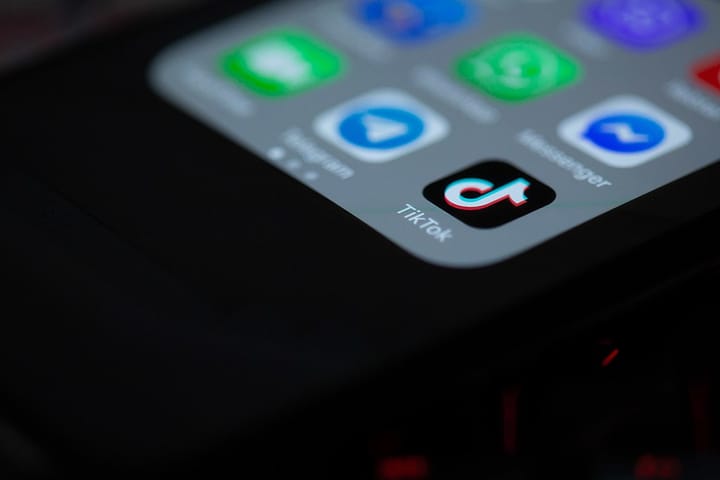

Comments ()